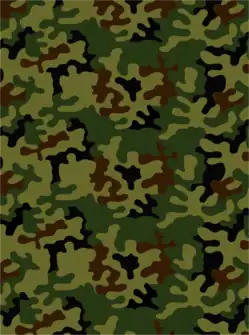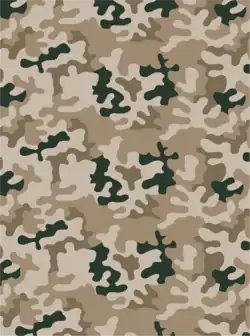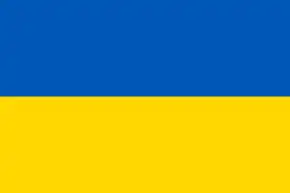| wz. 93 pantera | |
|---|---|
 wz. 93 pantera camouflage | |
| Type | Military camouflage patterns |
| Place of origin | Poland |
| Service history | |
| In service | 1993–present |
| Used by | See Users |
| Wars | |
| Production history | |
| Designed | 1993 |
| Produced | 1993-present |
| Variants | Woodland and desert version |

The Wz. 93 Pantera pattern (Type 93 Panther in English)[1] has become the standard camouflage of the Polish Armed Forces. It is the successor of Camouflage wz. 89 Puma, and entered service in 1993. It differs from Puma in having stronger contrast, resulting in better disruptive camouflage.
History
Camouflage wz. 93 Pantera was created for JW GROM. In 1993, it was introduced for all branches of the Polish Armed Forces, following President Lech Wałęsa appearing with GROM's camouflage on military exercises.[2]
It first saw combat with Polish troops serving in UNPROFOR during the Yugoslav wars. The wz 93 pantera camouflage is currently used by the entire Polish Armed Forces.
At the beginning of the 21st century, because of the involvement of the Polish Armed Forces in international operations in arid regions (Iraq and Afghanistan), it was decided to introduce a desert version of Pantera. This version keeps the same basic pattern but uses different colors.

In addition to uniforms, personal equipment like bulletproof vests and backpacks or helmet covers have been issued in Pantera.
Pattern
The wz. 93 pantera camo is designed on the basis of four colors that are a fairly good translation of the colors of areas covered with vegetation, which occurs at the Eastern European latitude. The first color, olive, is the background of the pattern. It is the brightest and the largest percentage. It is an imitation of grass, fresh young vegetation. The next group of stains in terms of size in the pattern are dark green stains. Their job is resembling the dark leaves of trees and shrubs. The brown stain imitates leaves, tree bark, forest litter or soil lying on the ground. The last, building the greatest contrast, black spots imitate shadows and dark elements of the forest environment. The geometries of the individual shapes are very similar, soft and do not create a clear vertical or horizontal direction.[3]
Desert version wz. 93 panther, also used in the mountainous areas of Afghanistan or Iraq, is the same camouflage with a different set of colors, adapted to the environment with a small amount of vegetation there. The light color prevails here, reflecting the main component of the environment, i.e. sand. It is also important when reflecting light, because light colors of fabrics heat up much less than wz. 93 woodland pantera which is a reference to plant forms. In the desert version it is rather simply a mechanical translation of the same spots and has no reference to the forms occurring in the area of operation. Only the colors have been changed, leaving the same shapes.[3]
Users
 Poland: Introduced into service in 1993, remains in use today.[4] Also used by the Border Guard and the State Protection Service.
Poland: Introduced into service in 1993, remains in use today.[4] Also used by the Border Guard and the State Protection Service. Ukraine: Unknown numbers of uniforms and equipment in Wz. 93 were handed over in 2014 and following the Russian invasion of Ukraine.[5][6]
Ukraine: Unknown numbers of uniforms and equipment in Wz. 93 were handed over in 2014 and following the Russian invasion of Ukraine.[5][6]
References
- ↑ https://www.joint-forces.com/kit-camo/32544-polish-wz93-pantera-pattern
- ↑ Hubert Królikowski (2001). "Barwa". Specjalna Formacja Wojskowa GROM im. Ciechociemnych Spadochroniarzy Armii Krajowej (in Polish). p. 133. ISBN 83-915131-0-6.
- 1 2 Dojlitko, Maciej. "Teoria dekonstrukcji komunikatu wizualnego- narzędzia projektowania kamuflażu militarnego" (PDF).
- ↑ https://ufpro.com/blog/europes-official-camouflage-patterns
- ↑ "null". infosecurity24.pl (in Polish). Retrieved 5 January 2023.
- ↑ "Hełm z PSO Maskpol - „cichy" bohater wojny w Ukrainie". MILMAG (in Polish). 5 January 2023. Retrieved 5 January 2023.
.jpg.webp)